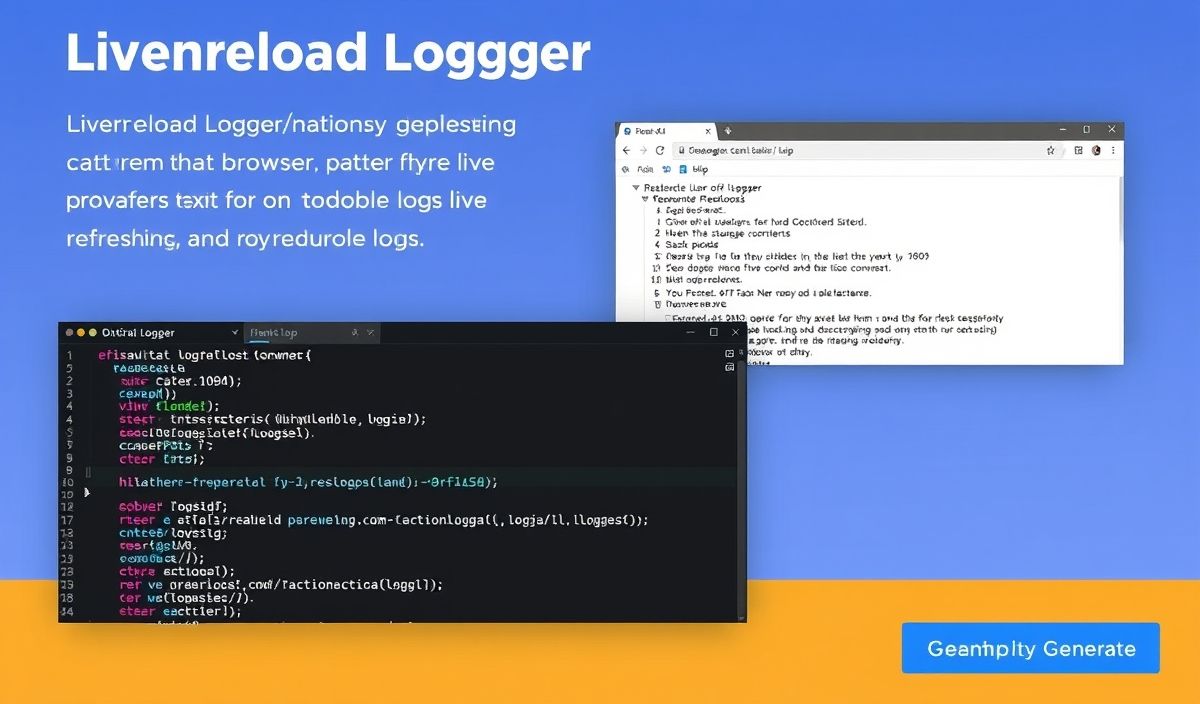Introduction to repeat-element in JavaScript
The repeat-element utility is a highly efficient and user-friendly method for repeating a specific element multiple times in your front-end JavaScript applications. It can be significantly useful in scenarios where you need to duplicate content, like generating list items, repeating forms, or creating a series of similar user interface (UI) components. In this article, we will explore the repeat-element utility, demonstrate its usage with code snippets, and show how it can be integrated into a practical app example.
Basic Usage
The basic syntax to use the repeat-element is straightforward. Below is a simple example:
import repeat from 'repeat-element';
const repeatedElements = repeat(Item, 5);
console.log(repeatedElements);
Advanced Usage
The repeat-element utility can also handle more complex scenarios, such as repeating nested elements or using it alongside other JavaScript libraries.
Repeating Nested Elements
import repeat from 'repeat-element';
const nestedElements = repeat(
Nested Item
,
3
);
console.log(nestedElements);
Using with React
You can also use the repeat-element utility within a React functional component:
import React from 'react';
import repeat from 'repeat-element';
const RepeatedItems = () => {
return (
{repeat(
Item,
4
)}
);
};
export default RepeatedItems;
App Example
Let’s build a simple React app example that demonstrates the utility of the repeat-element function:
import React from 'react';
import ReactDOM from 'react-dom';
import repeat from 'repeat-element';
const App = () => {
return (
Repeated List
{repeat(
- List Item
,
5
)}
);
};
ReactDOM.render(
Conclusion
Incorporating the repeat-element utility in your JavaScript and React projects can tremendously simplify the process of creating multiple instances of a user interface component. We have seen its various applications and implementations through the examples above. The versatility and simplicity of the API make it an invaluable tool in a developer’s toolkit.
Hash: 703b0158082a87fddc99bbf095b97fab8e3ad5592faa8ce727809dc81272a2cb




